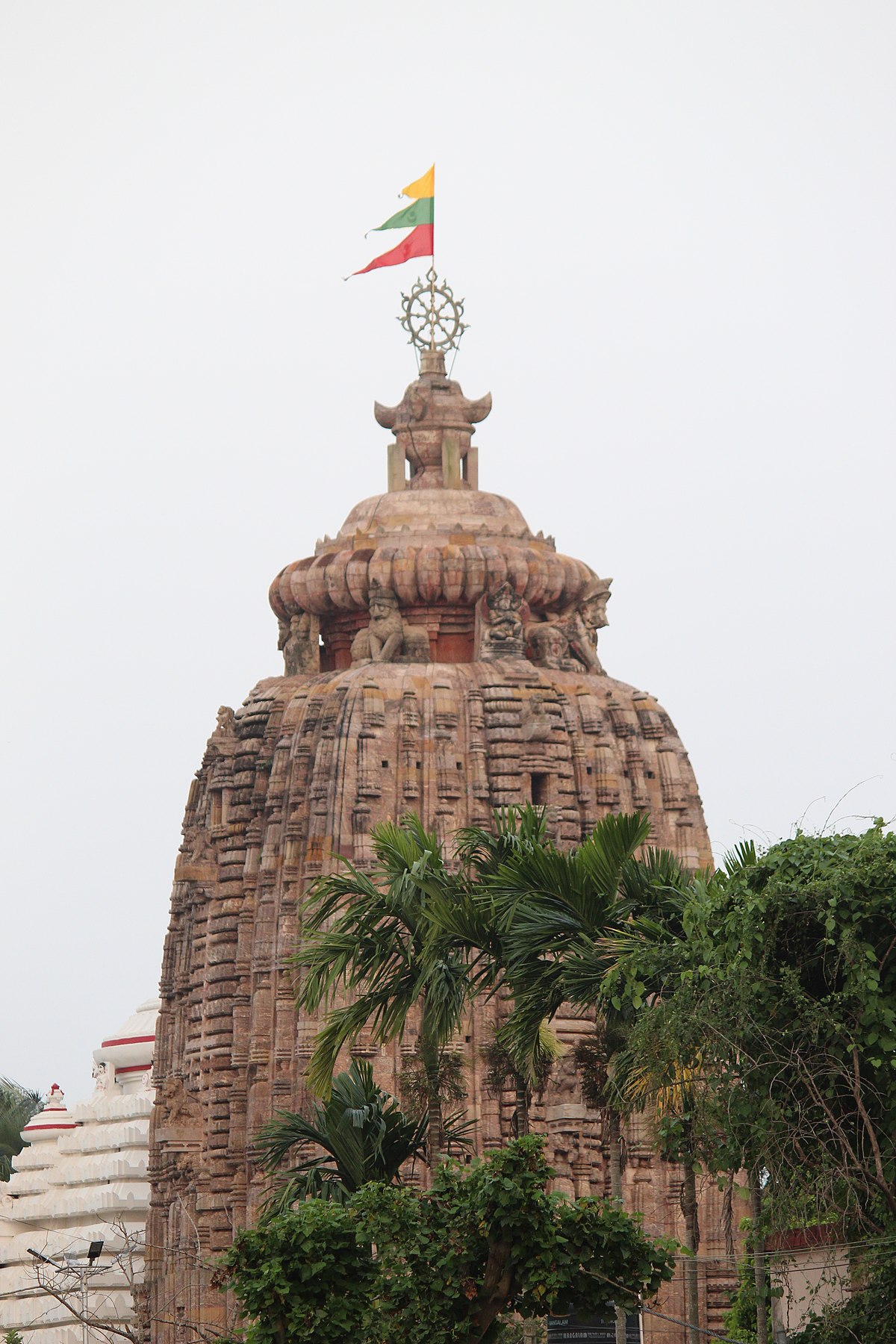Acharya an old Brahmin lived on the outskirts of Puri, a temple town in Odisha. His work was to assist the pilgrims who came to the temple of Lord Jagannath. It so happened that on one of his trips away from the city, to the distant town of Vrindavan where he had gone with his friends, he fell ill. Unable to make the journey back, he was left there all alone. However, a Brahmin orphan, by the name of Kartik, nursed him back to good health.
On recovery, Acharya was beholden to the boy and promised him his daughter’s hand in marriage. Lord Gopal, or Krishna was his witness, he said as he spoke these words in the temple of Lord Krishna.
Later, when the Acharya’s wife heard about it, she was furious. She was not willing to have her daughter marry a poor Brahmin and that too an orphan. How could he, a father, commit to such a man? When Acharya said that he had already given his word, his wife said that she couldn’t care much about his word and that was that.
Acharya hoped that the man would never turn up, but that was not to be. One fine morning, Kartik arrived, staking his claim to the promised marriage. Acharya feigned ignorance, insisting that he had promised him a feast and warm hospitality at home, but not his daughter. Kartik protested, saying he had walked hundreds of miles on his word. But Acharya, under the strict instructions of his wife, had no choice. He threatened to throw Kartik out of his house, if he continued with the demand.
Kartik decided to go to the Panchayat, upset that while he had not served the old Brahmin out of any expectation, it was unbecoming of a learned man to go back on his word. When the Panchayat heard both out, they asked if there was a witness to the conversation or just one’s word against the other.
Kartik thought for a while and said that there was a witness to the conversation. Gopal, the lord himself. The villagers thought that the young man was either insane or naive, and in jest the headman said that in that case he should go and get Gopal. If there was a witness, sakshi in local parlance, then Acharya’s daughter would be married to him.
Acharya was happy, hoping he had saved the day. But Kartik returned to Vrindavan and headed straight for the temple. He sat in deep penance, without food or water until Krishna relented. The lord agreed to be his witness, but he had a condition. The condition was that on their way to the village, Kartik should never look back.
How would he know that Gopal was following him? Kartik asked, his trust already breached by Acharya. To this the Lord said that the the jingle of the bells on his feet should be assurance enough. The two travelled thus for many days but one day, close to their destination, Kartik could not hear the jingle. Unable to allay his apprehensions, Kartik turned around and just as he broke his vow, the Lord who was right behind him, immediately turned into a statue. Kartik ran towards him, apologising, but the Lord had left, leaving behind a statue. At the banks of the river, was a lot of sand, and the same had got into the bells, subduing the sound. Kartik prayed, but the Lord was not coming back.
When the news of what had happened spread, people came from far and near, to see. The King of Puri too came and immediately ordered a temple to be built around the idol. Since that day, the temple came to be known as Sakshi-Gopal temple, the temple where the Lord himself had come to be a witness. The Panchayat of Acharya’s village too ruled in Kartik’s favour and ever since, the Sakshi-Gopal temple has stood where it stands today–between Bhubaneshwar and Puri in Odisha.
Story collected by: Utkarsh Patel
Source: Folk tales of Orissa, Ramendra Kumar
Location: Orissa
Image: Wikipedia
